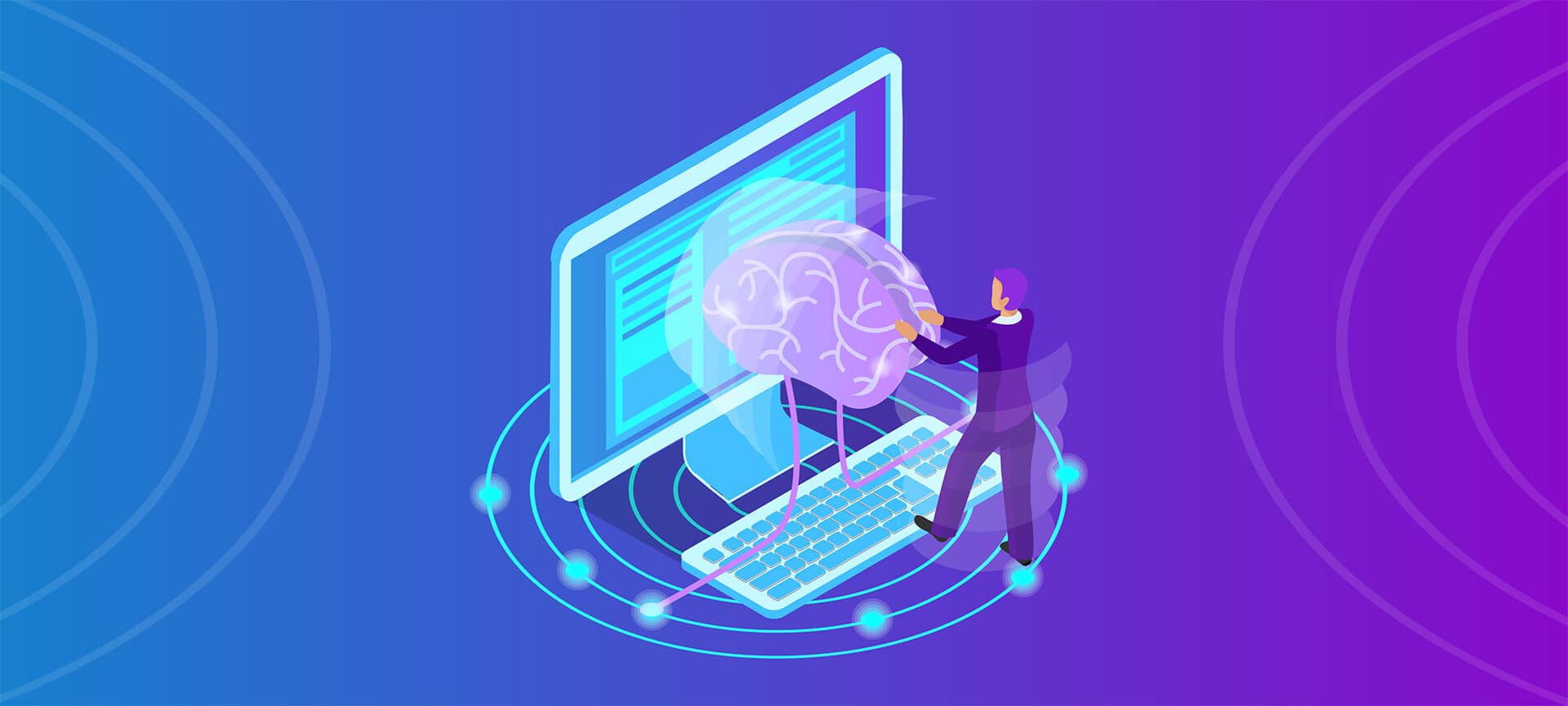
Best Natural Language Processing (NLP) Books to Read in 2025
Mar 04, 2025 6 Min Read 8137 Views
(Last Updated)
In a world where communication is the lifeblood of our society, the ability to understand and interpret language has become more critical than ever. Thanks to the remarkable advancements in Natural Language Processing (NLP), our interactions with machines and digital systems have been revolutionized.
Natural Language Processing (NLP) stands as a prominent AI tool, offering a myriad of applications across various domains. Among these applications, ChatGPT emerges as a widely recognized and popular implementation.
This robust tool leverages NLP techniques to enable interactive dialogue interfaces, facilitating real-time communication between Humans and the Machine.
On multiple GUVI Forum, we’re asked what are some of the best Natual Language Processing books, one should read to broaden their expertise in Generative AI.
In this Blog, we have summarised a comprehensive list of the best Natural Language Processing books, along with their respective authors, target readers, and unique selling points (USPs). These books serve as invaluable resources for anyone interested in understanding the intricacies of NLP, from beginners to experienced likewise.
Table of contents
- But First, A Layman's explanation of NLP
- Text Analysis
- List of Top 10 Best Natural Language Processing Books
- "Speech and Language Processing" by Daniel Jurafsky and James H. Martin
- "Natural Language Processing with Python" by Steven Bird, Ewan Klein, and Edward Loper
- "Foundations of Statistical Natural Language Processing" by Christopher D. Manning and Hinrich Schütze
- "Text Mining with R: A Tidy Approach" by Julia Silge and David Robinson
- "Handbook of Natural Language Processing" edited by Nitin Indurkhya and Fred J. Damerau
- "Applied Text Analysis with Python: Enabling Language-Aware Data Products with Machine Learning" by Benjamin Bengfort, Rebecca Bilbro, and Tony Ojeda
- "Natural Language Processing in Action" by Hobson Lane, Cole Howard, and Hannes Hapke
- "Neural Network Methods in Natural Language Processing" by Yoav Goldberg & Graeme Hirst (Synthesis Lectures on Human Language Technologies)
- "Natural Language Processing with PyTorchBy Delip Rao and Brian McMahan
- The Oxford Handbook of Computational Linguistics" by Ruslan Mitkov
- In Closing,
- Frequently Asked Questions
- Who are these books suitable for?
- Are these books up to date with the latest advancements in NLP?
- Can I apply the knowledge from these books to practical NLP projects?
But First, A Layman’s explanation of NLP
Natural Language Processing (NLP) is a field of study focusing on the interaction between computers and human language. It involves teaching machines to understand, interpret, and generate natural language, just like humans do. NLP encompasses a wide range of tasks, including text analysis, machine translation, sentiment analysis, information extraction, and question answering, among others.
Text Analysis
Text analysis, a crucial aspect of NLP, involves extracting meaningful information from text documents. It encompasses techniques such as tokenization (breaking down the text into individual words or sentences), part-of-speech tagging (assigning grammatical tags to words), named entity recognition (identifying and classifying named entities like names, organizations, and locations), and sentiment analysis (determining the emotional tone of a text).
Gone are the days of rigid commands and robotic responses. NLP has given rise to a new era of communication, where machines can comprehend our language, infer meaning, and respond with contextually relevant information.
It has opened up a world of possibilities, empowering businesses, researchers, and individuals alike to harness the power of language for various applications. Whether it’s analyzing massive amounts of text data, creating intelligent search engines, or even detecting sentiment from social media posts, NLP has become an indispensable tool in our digital age.
Make sure you understand machine learning fundamentals like Python, SQL, deep learning, data cleaning, and cloud services before we explore them in the next section. Consider joining GUVI’s Artificial Intelligence & Machine Learning Course, which covers tools like Pyspark API, Natural Language Processing, and many more and helps you get hands-on experience by building real-time projects.
Additionally, to better understand Natural language Processing, consider enrolling in GUVI’s self-paced course to help you with the fundamentals of NLP with Python.
List of Top 10 Best Natural Language Processing Books
There are a plethora of resources available on NLP, but here are a few of the best natural language processing books available on the internet:
1. “Speech and Language Processing” by Daniel Jurafsky and James H. Martin
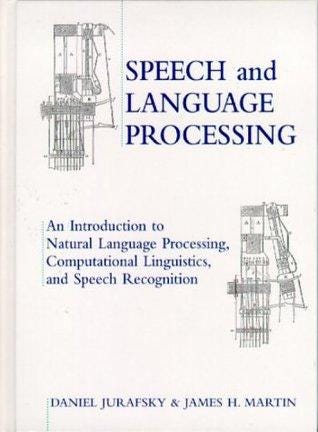
This influential textbook was first published in 2000, with subsequent editions released in 2008 and 2019. Written by renowned experts in the field, it has become a standard reference for understanding the foundations of NLP. The book covers a wide range of topics, including speech recognition, natural language understanding, and machine translation, making it a comprehensive resource for students, researchers, and practitioners.
Target Readers
Students, researchers, and practitioners in NLP and computational linguistics.
Why you should read this book?
This comprehensive textbook covers NLP’s fundamental concepts and algorithms, including speech recognition, syntax, semantics, and machine translation. It provides a balanced blend of theory and practical applications, making it a go-to resource for understanding the core principles of NLP.
Where to find it?
2. “Natural Language Processing with Python” by Steven Bird, Ewan Klein, and Edward Loper
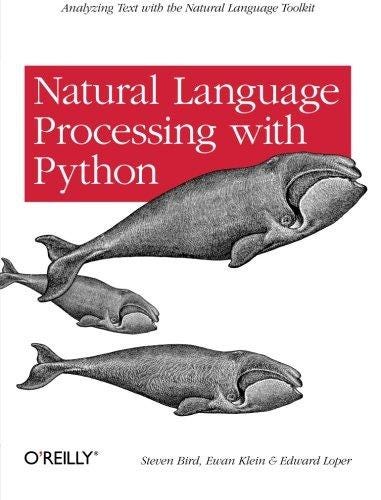
Next up on our list, we have Natural Language Processing with Python, published in 2009, this book focuses on practical NLP techniques using the Python programming language. It introduces readers to the popular NLTK library and demonstrates how to apply NLP concepts to real-world problems. A hands-on approach equips Python developers and NLP enthusiasts with the tools and knowledge to implement text analysis, information extraction, and other NLP tasks. It’s so popular, that most of the big names in the ML/Deep Learning landscape suggest this book as one of the essentials.
Target Readers
Python developers and beginner NLP enthusiasts with programming experience.
Why you should read this book?
This book offers a hands-on approach to NLP using the Python programming language. It introduces key NLP concepts and demonstrates how to implement them using the popular NLTK (Natural Language Toolkit) library. Readers can learn practical techniques for text classification, information extraction, sentiment analysis, and more.
Where to find it?
We’ve also curated a list of top machine-learning books with easily downloadable links that may come in handy.
3. “Foundations of Statistical Natural Language Processing” by Christopher D. Manning and Hinrich Schütze
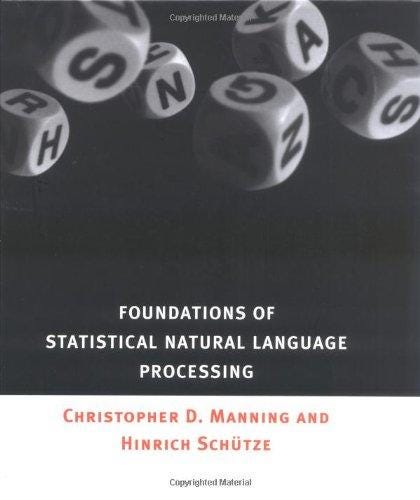
This seminal book was first published in 1999 and has since become a classic in the field of NLP. It provides a comprehensive introduction to statistical models and algorithms for language processing. With a focus on mathematical foundations and linguistic theories, it is aimed at students, researchers, and professionals seeking a deep understanding of statistical NLP techniques.
Target Readers:
Students, researchers, and professionals in NLP, computational linguistics, and machine learning.
Why should you read this book?
Though rather old, this book provides a comprehensive introduction to statistical models and algorithms for NLP. It covers topics such as language modeling, part-of-speech tagging, parsing, and information retrieval. Focusing on mathematical foundations, it equips readers with the necessary tools to build and evaluate NLP systems based on statistical methods.
Where to find it?
4. “Text Mining with R: A Tidy Approach” by Julia Silge and David Robinson
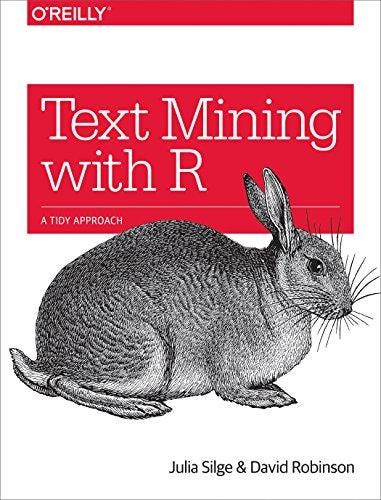
Published in 2017, this book presents an introduction to text mining and NLP using the tidytext package and other tidy tools in R. It introduces the tidyverse ecosystem, which includes popular packages like dplyr and ggplot2, and demonstrates how to apply them to analyze and visualize text data. With its emphasis on the tidy approach to data manipulation, the book targets data scientists, analysts, and researchers interested in extracting insights from textual information.
Target Readers:
Data scientists, analysts, and researchers interested in text mining and NLP using the R programming language. Familiarity with R Programming is familiar.
Why should you read this book?
This book demonstrates how to perform text mining tasks using the tidyverse ecosystem in R. It covers techniques for text preprocessing, sentiment analysis, topic modeling, and text visualization. The authors provide practical examples and code snippets, enabling readers to extract valuable insights from text data.
Where to find it?
Become proficient in Python with these Top 10 Python Books (downloadable links)
5. “Handbook of Natural Language Processing” edited by Nitin Indurkhya and Fred J. Damerau
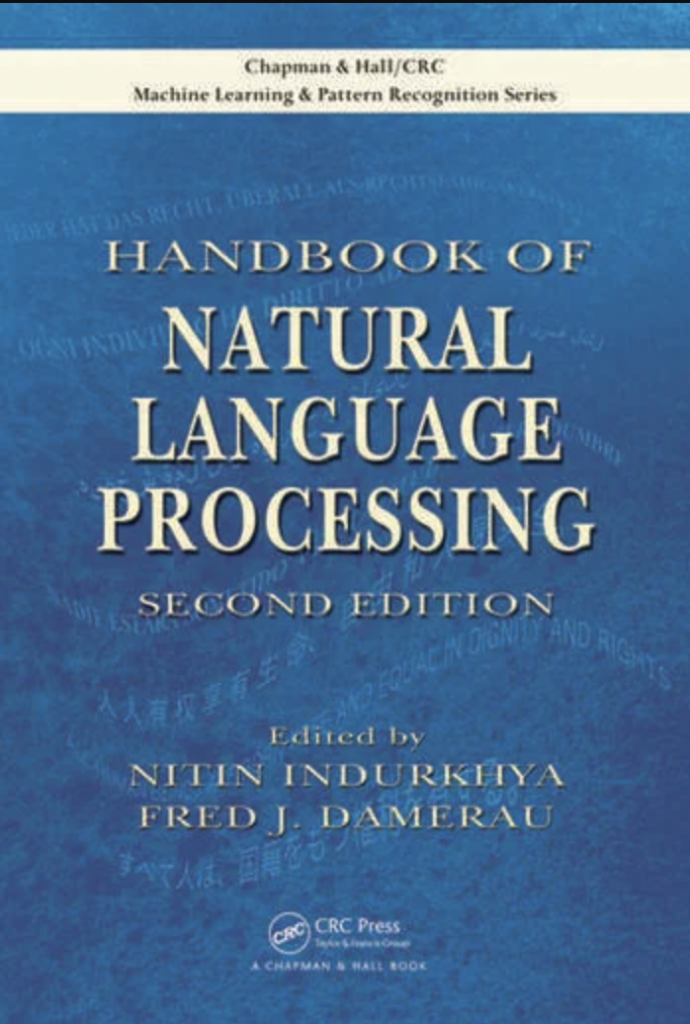
First published in 2010, this comprehensive handbook brings together contributions from leading experts in the field. It covers a wide range of NLP topics, including language modeling, information retrieval, machine translation, and sentiment analysis. With its extensive coverage and diverse practical approach, it serves as a valuable reference for researchers, practitioners, and graduate students in NLP and related fields of ML and Deep Learning.
Target Readers:
Researchers, practitioners, and graduate students in NLP and related fields.
Why should you read this book?
This handbook offers a collection of in-depth chapters written by leading experts in NLP. It covers a wide range of topics, including language modeling, information retrieval, machine translation, dialogue systems, and text summarization. With its breadth of coverage, it serves as an authoritative reference for NLP research and applications.
Where to find it?
6. “Applied Text Analysis with Python: Enabling Language-Aware Data Products with Machine Learning” by Benjamin Bengfort, Rebecca Bilbro, and Tony Ojeda
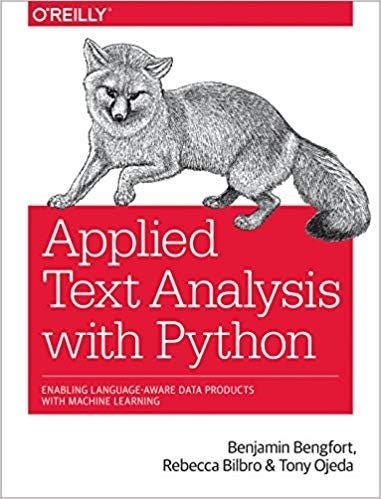
The book offers reliable and scalable approaches for text analysis using Python. It covers a wide range of techniques, including feature engineering, vectorization, classification, topic modeling, entity resolution, graph analysis, and visual steering. These methods are designed to be robust and repeatable, ensuring consistent results in various applications.
Target Readers:
Data scientists, analysts, and developers interested in applying NLP techniques using Python.
Why should you read this book?
This book focuses on applying text analysis techniques to real-world data problems. It covers preprocessing, feature extraction, text classification, topic modeling, and sentiment analysis. It also introduces the concept of language-aware data products and provides guidance on deploying NLP models in production via Python.
Where to find it?
7. “Natural Language Processing in Action” by Hobson Lane, Cole Howard, and Hannes Hapke
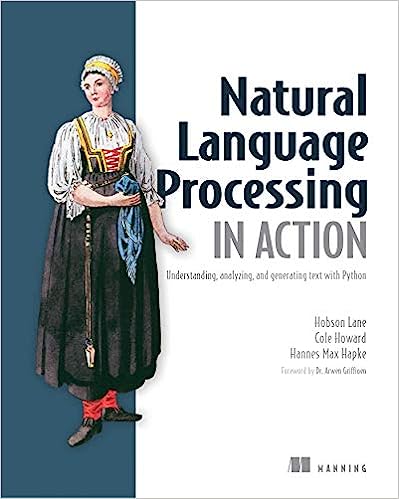
Natural Language Processing in Action is a practical guide to building NLP systems using Python. The book covers a wide range of topics, from traditional NLP techniques to modern deep-learning approaches. You will learn how to use readily available Python packages to capture the meaning in text, react accordingly, and solve real-world problems like extracting dates and names, composing the text, and answering free-form questions.
Target Readers
Beginner to intermediate NLP practitioners and developers.
Why should you read it?
This book takes a hands-on approach to NLP, providing practical examples and code snippets in Python. It covers topics like text classification, named entity recognition, text summarization, and machine translation. It also explores ethical considerations in NLP and provides guidance on building responsible and fair NLP systems.
Where to find it?
8. “Neural Network Methods in Natural Language Processing” by Yoav Goldberg & Graeme Hirst (Synthesis Lectures on Human Language Technologies)
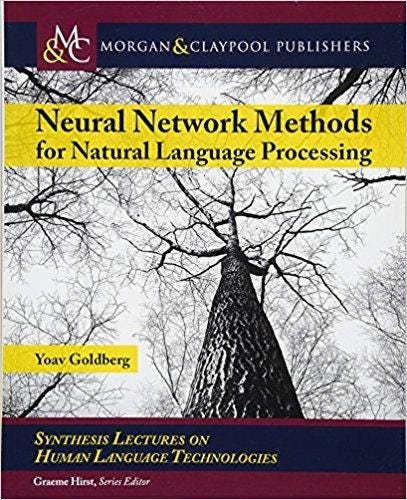
In “Neural Network Methods in Natural Language Processing,” author Yoav Goldberg explores the powerful intersection of neural networks and natural language processing (NLP). This comprehensive book provides a detailed and practical guide to the application of neural network models in various NLP tasks, ranging from syntactic parsing to machine translation and sentiment analysis.
Target Reader
This book is targeted towards researchers, students, and practitioners in the field of NLP who have a foundational understanding of machine learning and are interested in leveraging neural network methods to enhance their NLP projects. It is suitable for readers with intermediate to advanced knowledge in the domain.
Why you should read this book?
What sets “Neural Network Methods in Natural Language Processing” apart is its in-depth coverage of neural network architectures and techniques specifically tailored to NLP tasks. Yoav Goldberg not only provides clear explanations of the underlying concepts but also delves into practical implementation details and best practices. The book strikes a balance between theoretical foundations and hands-on application, allowing readers to gain a comprehensive understanding of neural network methods and how to effectively utilize them in NLP tasks.
Where to find it?
9. “Natural Language Processing with PyTorch By Delip Rao and Brian McMahan
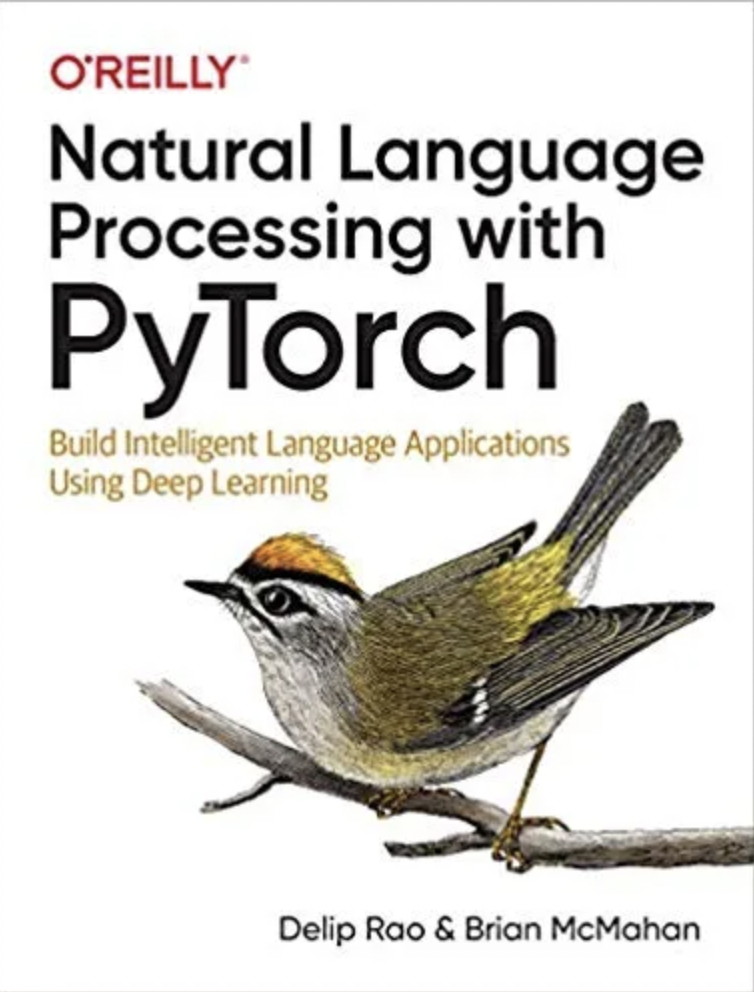
“Natural Language Processing with PyTorch” by Delip Rao and Brian McMahan offers a practical and comprehensive guide to using PyTorch for natural language processing (NLP) tasks. The book takes readers on a journey through the fundamentals of NLP and demonstrates how to leverage PyTorch’s powerful capabilities to build and train neural network models for a wide range of NLP applications.
Target readers
This book is suitable for both beginners and intermediate-level readers who have some familiarity with Python programming and basic concepts of machine learning. It is tailored for NLP practitioners, researchers, and students who are interested in implementing cutting-edge NLP techniques using PyTorch.
Why should you read this book?
The unique selling point of “Natural Language Processing with PyTorch” lies in its focus on combining the practical aspects of NLP with the power of PyTorch. Delip Rao and Brian McMahan provide clear explanations of key concepts and guide readers through hands-on examples and code implementations. The book covers various topics, including text classification, named entity recognition, sentiment analysis, and machine translation, showcasing the versatility of PyTorch in NLP tasks.
Where to find it?
10. The Oxford Handbook of Computational Linguistics” by Ruslan Mitkov
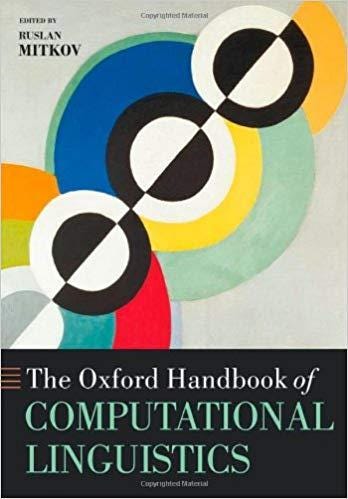
The Oxford Handbook of Computational Linguistics” edited by Ruslan Mitkov is a comprehensive and authoritative reference that covers all aspects of computational linguistics. With contributions from leading experts in the field, this handbook provides an in-depth exploration of the theories, algorithms, and applications that form the foundation of computational linguistics.
Target Readers
This book is targeted toward researchers, students, and professionals in the field of computational linguistics, natural language processing (NLP), and related disciplines.
Why should you read this book?
What sets “The Oxford Handbook of Computational Linguistics” apart is its extensive coverage of the entire spectrum of computational linguistics, spanning from core linguistic concepts to advanced algorithms and applications. The book explores topics such as syntax, semantics, phonetics, discourse analysis, machine translation, and language generation.
Where to find it?
In Closing,
By exploring the list of recommended books on Natural Language Processing (NLP), you can greatly enrich your knowledge and propel your career in machine learning, deep learning, and NLP. These books cover a wide range of topics, from foundational concepts to advanced techniques and practical applications.
By delving into these resources, you can gain a deeper understanding of the theoretical underpinnings of NLP, learn about various algorithms and models used in the field, and acquire practical skills to tackle real-world NLP challenges. Each book caters to different audiences, ranging from beginners to intermediate and advanced practitioners, ensuring there is something valuable for everyone.
If you need a more refined and guided approach, GUVI offers a 6-month mentor guided IIT-M Certified Artificial Intelligence & Machine Learning Course, where you can learn all the essential concepts, tools, and skills via Live classes. You can learn to build and deploy Machine Learning models in production using Cloud and advance your career in Artificial Intelligence.
Also, if you want to explore Artificial Intelligence and Machine Learning through a Self-paced course, try GUVI’s Artificial Intelligence Course.
Frequently Asked Questions
The recommended books on Natural Language Processing (NLP) cater to a wide range of audiences, including beginners, intermediate learners, and advanced practitioners. Whether you are a student, researcher, or professional in the fields of machine learning, deep learning, or NLP, there is a book on the list that can enhance your knowledge and skills.
While the specific publishing dates may vary, these books offer valuable insights into NLP concepts and techniques that remain relevant and foundational in the field. However, it is always beneficial to supplement your learning with up-to-date research papers, conference proceedings, and online resources to stay current with the rapidly evolving landscape of NLP.
Absolutely! The recommended books provide both theoretical foundations and practical implementations, often with code examples and exercises. By studying these resources, you will gain the necessary skills and understanding to apply NLP techniques to real-world projects, from text classification and sentiment analysis to machine translation and information extraction.





















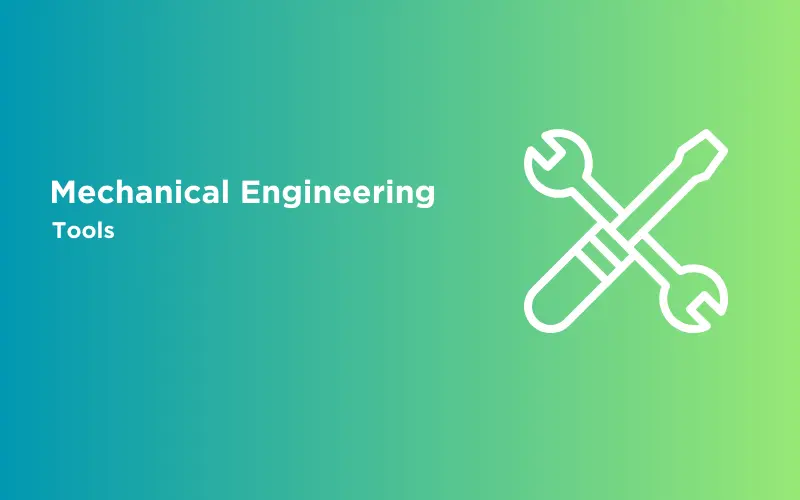
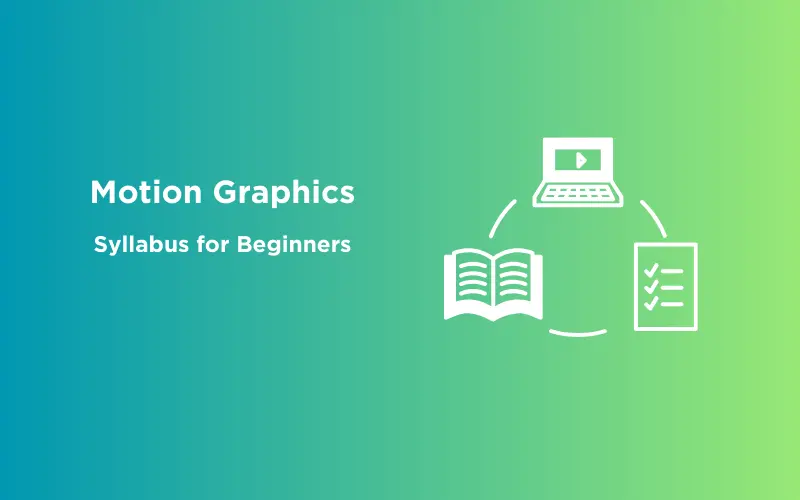

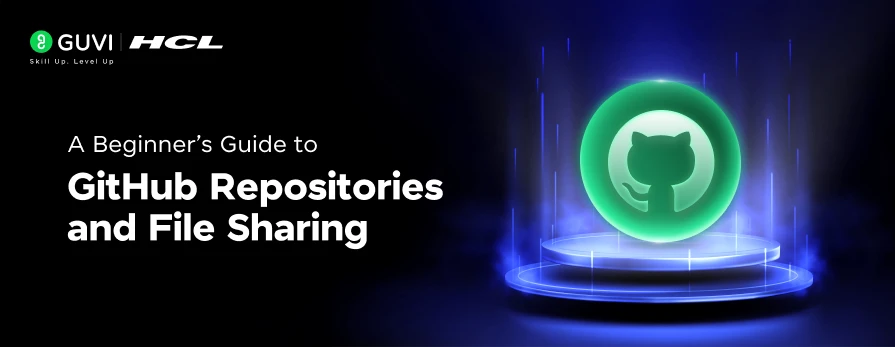
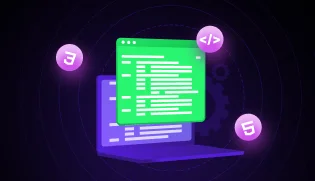
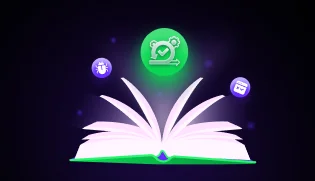
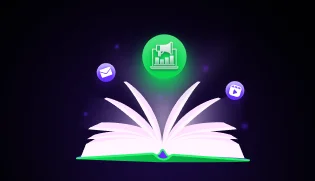
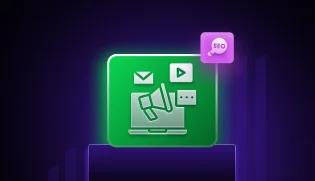
![Project-Based Learning: Smart Ideas and Important Tips To Implement It [2025] 15 Feature Image - Project-Based Learning](https://www.guvi.in/blog/wp-content/uploads/2024/05/feature_image.webp)

Did you enjoy this article?